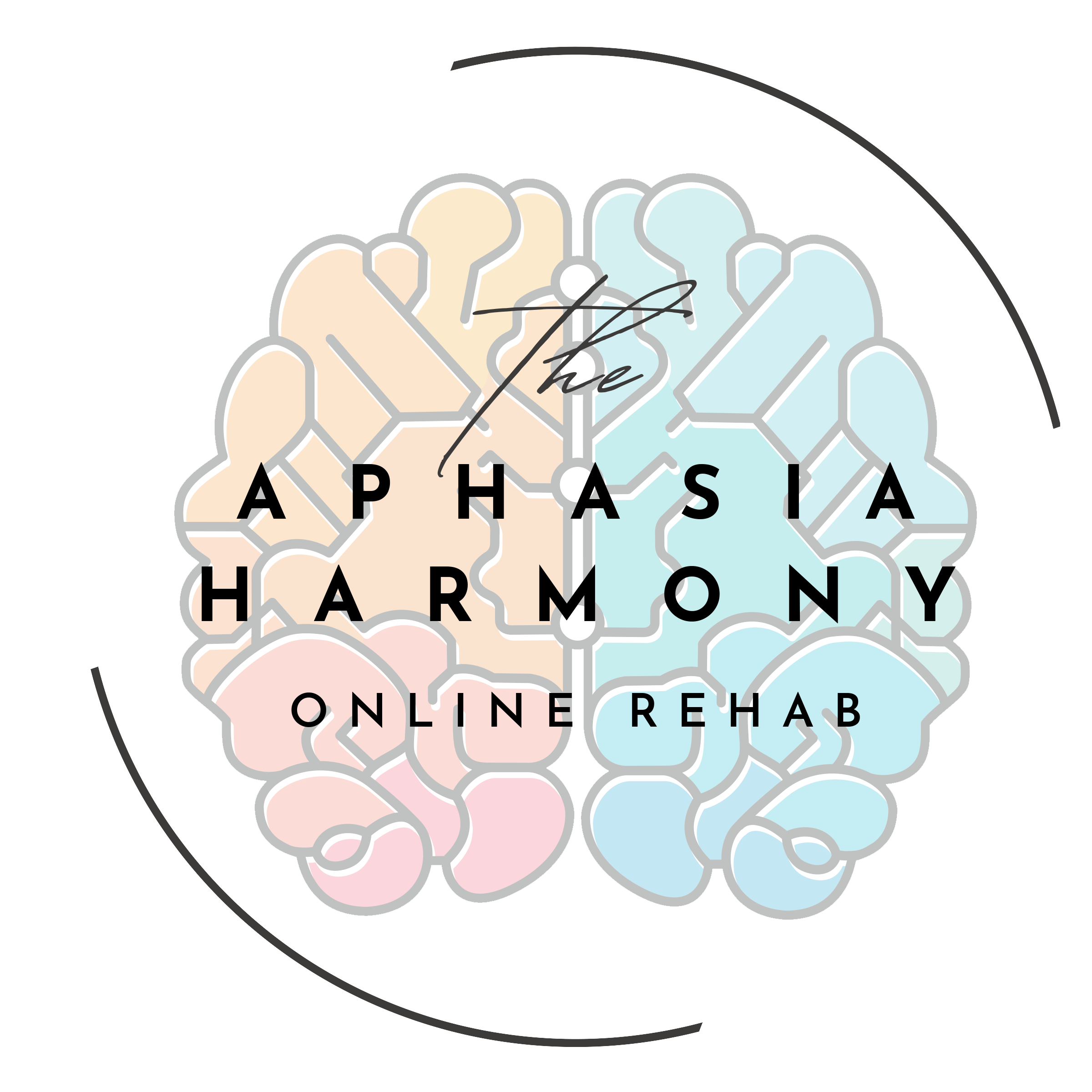Understanding Aphasia: Cause, Symptoms, and Treatment
Aphasia is an acquired neurogenic language disorder resulting from an injury to the brain, typically the left hemisphere, that affects the functioning of core elements of the language network. Aphasia involves varying degrees of impairment in four primary areas:
- Spoken language expression
- Written expression
- Spoken language comprehension
- Reading comprehension
Aphasia is often described as non-fluent or fluent, based on the typical length of utterance and amount of meaningful content a person produces. There are various subtypes of aphasia within these two categories based on differences in other aspects of expressive and receptive language skills. Aphasia’s presentation may also change over time as communication improves with recovery.
The recovery arc of aphasia varies significantly from person to person. The most predictive indicator of long-term recovery is initial aphasia severity, along with lesion site and size. Factors that may negatively affect improvement include poststroke depression and social isolation after aphasia onset.
Causes of Aphasia
Aphasia can occur because of:
- Post-stroke
- Ischemic: Caused by a blockage that disrupts blood flow to a region of the brain
- Hemorrhagic: Caused by a ruptured blood vessel that damages the surrounding brain tissue
- Traumatic brain injury (TBI)
- Brain tumors
- Brain surgery
- Brain infection
- Dementia
- Other neurodegenerative diseases
Understanding Aphasia: Cause, Symptoms, and Treatment
Aphasia is an acquired neurogenic language disorder resulting from an injury to the brain, typically the left hemisphere, that affects the functioning of core elements of the language network. Aphasia involves varying degrees of impairment in four primary areas:
- Spoken language expression
- Written expression
- Spoken language comprehension
- Reading comprehension
Aphasia is often described as non-fluent or fluent, based on the typical length of utterance and amount of meaningful content a person produces. There are various subtypes of aphasia within these two categories based on differences in other aspects of expressive and receptive language skills. Aphasia’s presentation may also change over time as communication improves with recovery.
The recovery arc of aphasia varies significantly from person to person. The most predictive indicator of long-term recovery is initial aphasia severity, along with lesion site and size. Factors that may negatively affect improvement include poststroke depression and social isolation after aphasia onset.
Causes of Aphasia
Aphasia can occur because of:
- Post-stroke
- Ischemic: Caused by a blockage that disrupts blood flow to a region of the brain
- Hemorrhagic: Caused by a ruptured blood vessel that damages the surrounding brain tissue
- Traumatic brain injury (TBI)
- Brain tumors
- Brain surgery
- Brain infection
- Dementia
- Other neurodegenerative diseases
Symptoms of Aphasia
Impairments in spoken language expression, including:
- Having difficulty retrieving words (i.e., anomia)
- Fluently combining nonmeaningful and/or real words to generate sentences or phrases that lack semantic meaning (i.e., jargon)
- Creating novel words that are not meaningful or recognizable to the listener (i.e., neologisms)
- Substituting sounds (e.g., “wish dasher” for “dish washer”), known as phonemic paraphasia
- Substituting words (e.g., “table” for “bed,” “bird” for “chicken”), known as semantic paraphasia
- Omitting function words (e.g., “the,” “of,” and “was”), known as telegraphic speech
- Lacking awareness of errors
- Making grammatical errors, such as omitting grammatical markers or using them incorrectly
- Speaking haltingly or with effort
- Speaking in single words or short fragmented phrases
- Making syntax errors, such as putting words in the wrong order
Impairments in spoken language comprehension, including:
- Having difficulty understanding spoken utterances
- Requiring extra time to understand spoken messages
- Having difficulty understanding complex grammar (e.g., passive sentences such as “The dog was chased by the cat”)
- Having difficulty understanding long or rapidly presented speech (e.g., television program, complex conversation)
- Having difficulty understanding spoken language without supporting visual information (e.g., telephone, radio)
- Having difficulty interpreting nonliteral language
- Lacking awareness of errors
Other Impairments
- Agraphia, or impairments in written expression
- Alexia, or impairments in reading comprehension
Treatment
- Conducting thorough culturally and linguistically relevant services related to language and communication.
- Developing person-centered treatment plans, providing treatment, documenting progress, and determining appropriate dismissal criteria in collaboration with the patient and the treatment team.
- Serving as an integral member of a collaborative team that includes physicians, other professionals (e.g., nurses and case managers, neuropsychologists, occupational and physical therapists, audiologists), and the patient and their care partners.
- Implementing and supporting appropriate communication systems at all stages of recovery.

